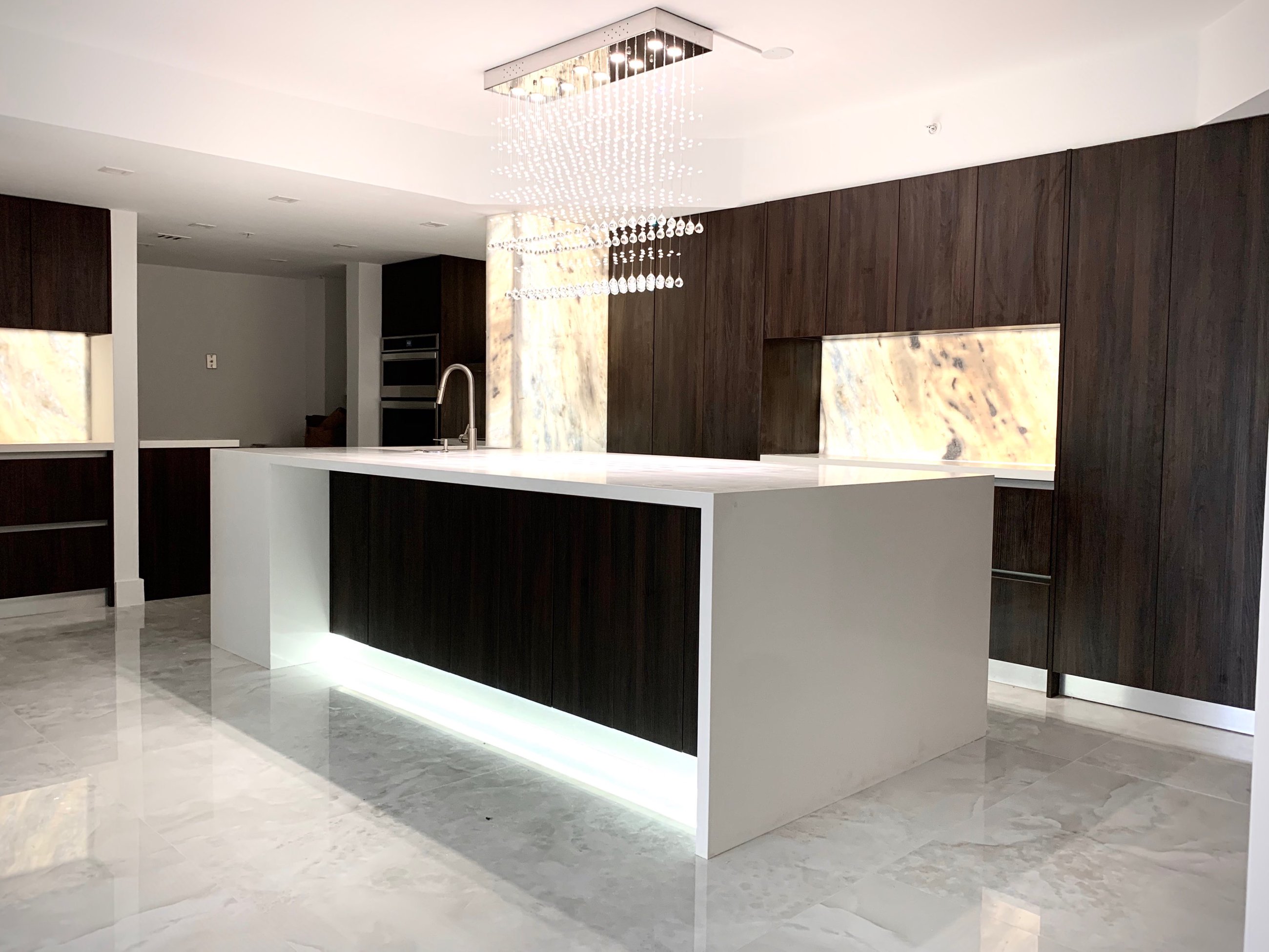In today’s fast-paced work environment, the design of a commercial workspace plays a significant role in enhancing employee productivity, well-being, and overall comfort. Among the most critical elements of office design is lighting. Commercial lighting design is not just about illuminating the space; it’s about creating an environment that fosters creativity, focus, and collaboration while reducing eye strain and fatigue. In this article, we’ll explore how effective lighting design can make your workspace more productive and inviting.
Why Commercial Lighting Design Matters
Lighting is one of the most impactful elements of a workspace. Not only does it influence how employees feel, but it also affects their energy levels and efficiency. Studies have shown that well-designed lighting can boost employee mood, enhance focus, and increase productivity.
Here’s how commercial lighting design plays a role in creating a balanced and functional workspace:
-
Enhances Productivity: Proper lighting can help employees stay focused, reducing distractions and eye strain. Bright, focused light helps with concentration, while dimmer lighting can be used to encourage relaxation in break areas.
-
Improves Comfort and Health: Lighting that is too harsh or dim can lead to headaches and eye strain. Properly designed lighting ensures that employees are comfortable and reduces the risk of health issues related to poor lighting conditions.
-
Creates a Positive Ambience: Commercial lighting can set the tone for the entire office environment. A well-lit space creates an inviting atmosphere and promotes a positive work culture, making employees feel valued and motivated.
Key Elements of Commercial Lighting Design
1. Layered Lighting Approach
A well-rounded lighting design uses multiple layers of light to meet various needs within the office.
-
Ambient Lighting: The general illumination of a workspace. It provides a consistent level of light across the entire office, ensuring employees can see clearly.
-
Task Lighting: Specific lighting used to enhance visibility in particular work areas, such as desks or meeting rooms. This focused lighting is essential for activities that require precision.
-
Accent Lighting: Lighting that adds visual appeal by highlighting architectural elements, artwork, or product displays. Accent lighting improves the overall aesthetic of the workspace and makes it feel more engaging.
2. Color Temperature for Optimal Productivity
The color temperature of lighting plays a key role in shaping the atmosphere of a workspace. Lights with a cooler, bluish hue (around 4000-5000K) promote alertness and are ideal for areas that require focus and concentration, like workstations. Warmer, yellowish lighting (2700K) creates a relaxing environment suitable for lounge areas and informal meetings.
To boost productivity and health, it’s essential to use lighting that mimics natural daylight. This not only enhances employee mood but also supports their circadian rhythm, leading to better sleep patterns and overall well-being.
3. Maximizing Natural Light
Integrating natural light into commercial lighting design has proven benefits, from improving mood to saving energy. Office spaces with access to daylight create an uplifting atmosphere that supports employee focus and collaboration.
Consider installing large windows, skylights, and reflective surfaces that allow natural light to flood into the workspace. Where daylight is insufficient, supplement with adjustable artificial lighting.
4. Energy Efficiency and Sustainability
Sustainability is a growing concern in commercial spaces, and lighting plays a crucial role in energy management. LED lighting is a prime example of an energy-efficient solution that reduces electricity usage, lowers operational costs, and has a longer lifespan than traditional bulbs.
Incorporating dimmable controls, motion sensors, and daylight sensors into your lighting system can further reduce energy consumption by adjusting the light output based on the room’s needs and the time of day.
5. Customization for Comfort
Every employee has different lighting preferences, and offering flexibility in lighting design can improve overall comfort. Adjustable lighting allows employees to control their environment, whether they need more light for focused work or dimmer light for a relaxed atmosphere during brainstorming sessions or breaks.
Commercial lighting design is a key factor in creating productive and inviting workspaces. By integrating a mix of ambient, task, and accent lighting, maximizing natural light, and considering energy-efficient solutions, businesses can foster an environment that supports employee focus, collaboration, and well-being. Thoughtfully designed lighting not only enhances productivity but also reflects the company’s values, improving employee satisfaction and company culture.
To transform your workspace into a well-lit, energy-efficient, and comfortable environment, investing in proper commercial lighting design is crucial. Create a space where employees feel comfortable, energized, and motivated to perform at their best.
Ready to optimize your workspace lighting? Consult a commercial lighting expert to transform your office into a productive and inviting environment. Contact us.

